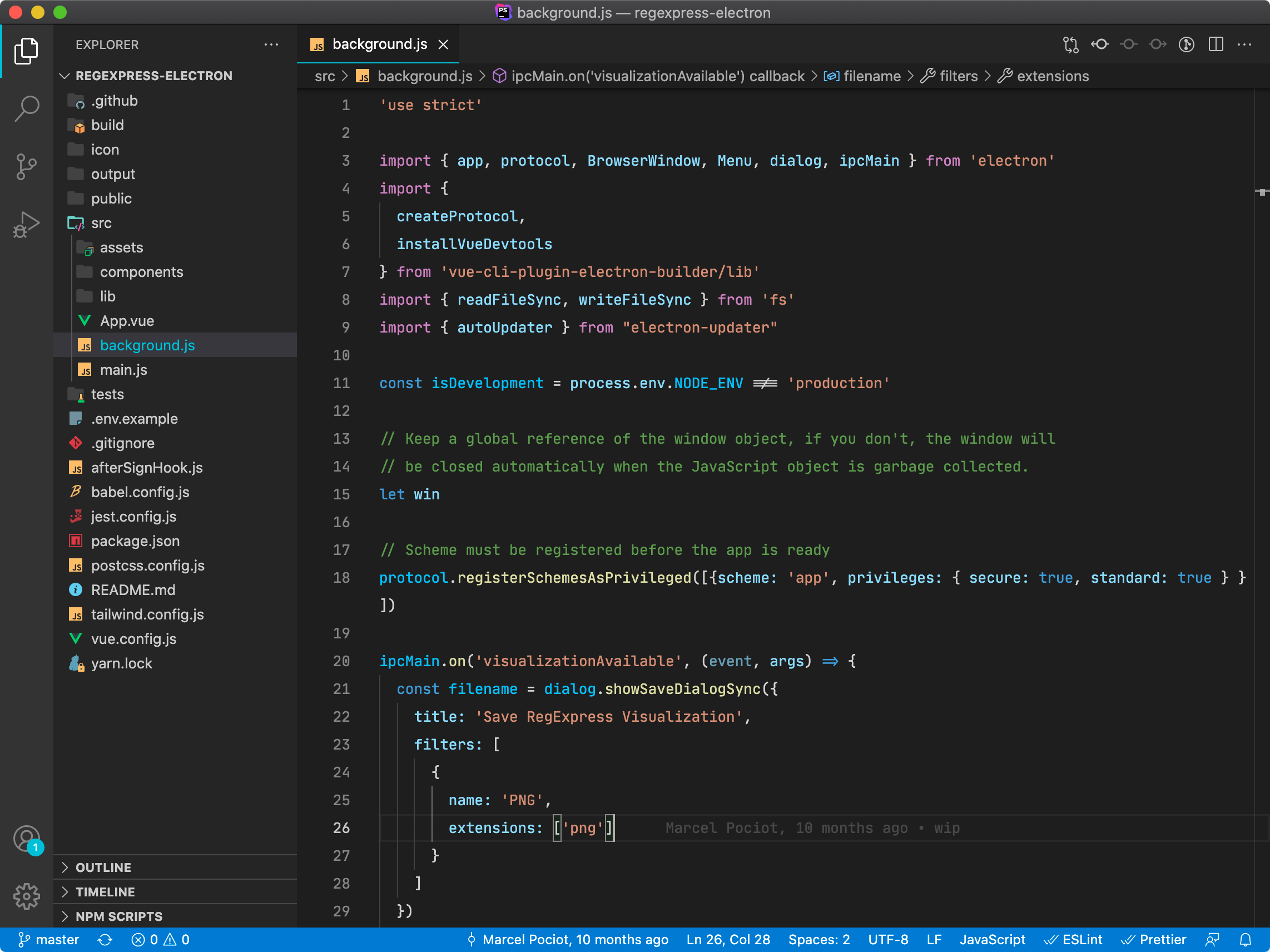Laravel Websockets
Installation
Laravel WebSockets can be installed via composer:
composer require beyondcode/laravel-websockets
The package will automatically register a service provider.
This package comes with a migration to store statistic information while running your WebSocket server. You can publish the migration file using:
php artisan vendor:publish --provider="BeyondCode\LaravelWebSockets\WebSocketsServiceProvider" --tag="migrations"
Run the migrations with:
php artisan migrate
Next, you need to publish the WebSocket configuration file:
php artisan vendor:publish --provider="BeyondCode\LaravelWebSockets\WebSocketsServiceProvider" --tag="config"
This is the default content of the config file that will be published as config/websockets.php:
return [
/*
* This package comes with multi tenancy out of the box. Here you can
* configure the different apps that can use the webSockets server.
*
* Optionally you can disable client events so clients cannot send
* messages to each other via the webSockets.
*/
'apps' => [
[
'id' => env('PUSHER_APP_ID'),
'name' => env('APP_NAME'),
'key' => env('PUSHER_APP_KEY'),
'secret' => env('PUSHER_APP_SECRET'),
'enable_client_messages' => false,
'enable_statistics' => true,
],
],
/*
* This class is responsible for finding the apps. The default provider
* will use the apps defined in this config file.
*
* You can create a custom provider by implementing the
* `AppProvider` interface.
*/
'app_provider' => BeyondCode\LaravelWebSockets\Apps\ConfigAppProvider::class,
/*
* This array contains the hosts of which you want to allow incoming requests.
* Leave this empty if you want to accept requests from all hosts.
*/
'allowed_origins' => [
//
],
/*
* The maximum request size in kilobytes that is allowed for an incoming WebSocket request.
*/
'max_request_size_in_kb' => 250,
/*
* This path will be used to register the necessary routes for the package.
*/
'path' => 'laravel-websockets',
'statistics' => [
/*
* This model will be used to store the statistics of the WebSocketsServer.
* The only requirement is that the model should extend
* `WebSocketsStatisticsEntry` provided by this package.
*/
'model' => \BeyondCode\LaravelWebSockets\Statistics\Models\WebSocketsStatisticsEntry::class,
/*
* Here you can specify the interval in seconds at which statistics should be logged.
*/
'interval_in_seconds' => 60,
/*
* When the clean-command is executed, all recorded statistics older than
* the number of days specified here will be deleted.
*/
'delete_statistics_older_than_days' => 60,
/*
* Use an DNS resolver to make the requests to the statistics logger
* default is to resolve everything to 127.0.0.1.
*/
'perform_dns_lookup' => false,
],
/*
* Define the optional SSL context for your WebSocket connections.
* You can see all available options at: http://php.net/manual/en/context.ssl.php
*/
'ssl' => [
/*
* Path to local certificate file on filesystem. It must be a PEM encoded file which
* contains your certificate and private key. It can optionally contain the
* certificate chain of issuers. The private key also may be contained
* in a separate file specified by local_pk.
*/
'local_cert' => null,
/*
* Path to local private key file on filesystem in case of separate files for
* certificate (local_cert) and private key.
*/
'local_pk' => null,
/*
* Passphrase for your local_cert file.
*/
'passphrase' => null
],
];
Learn everything about Laravel Websockets
Kickstart your Laravel Websockets project with this in-depth video course – sign up to our newsletter and get a notification when it launches.
